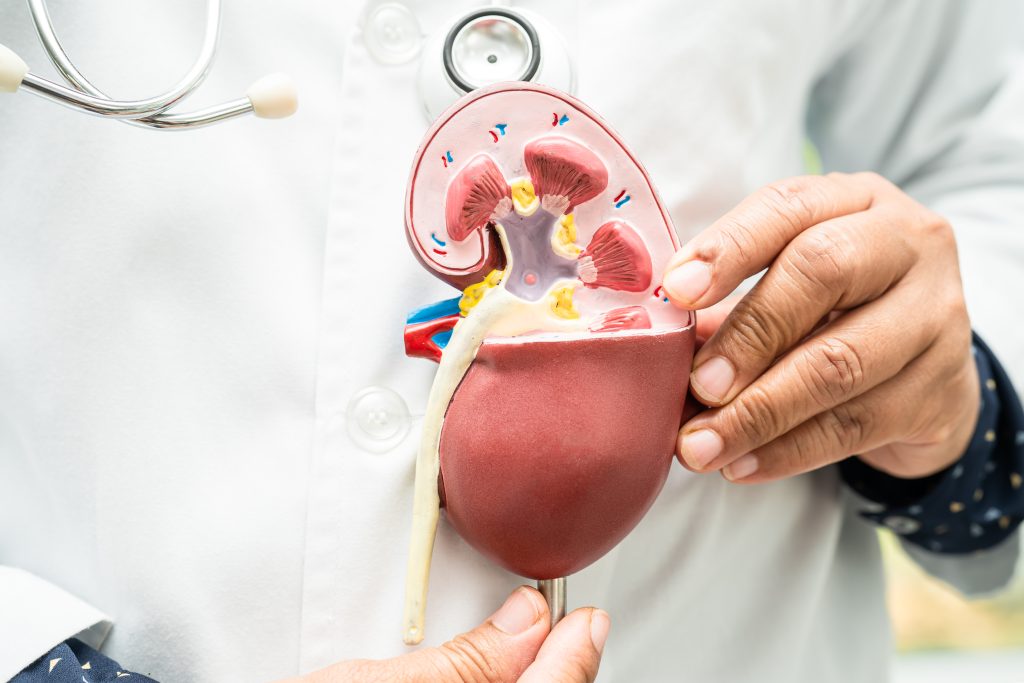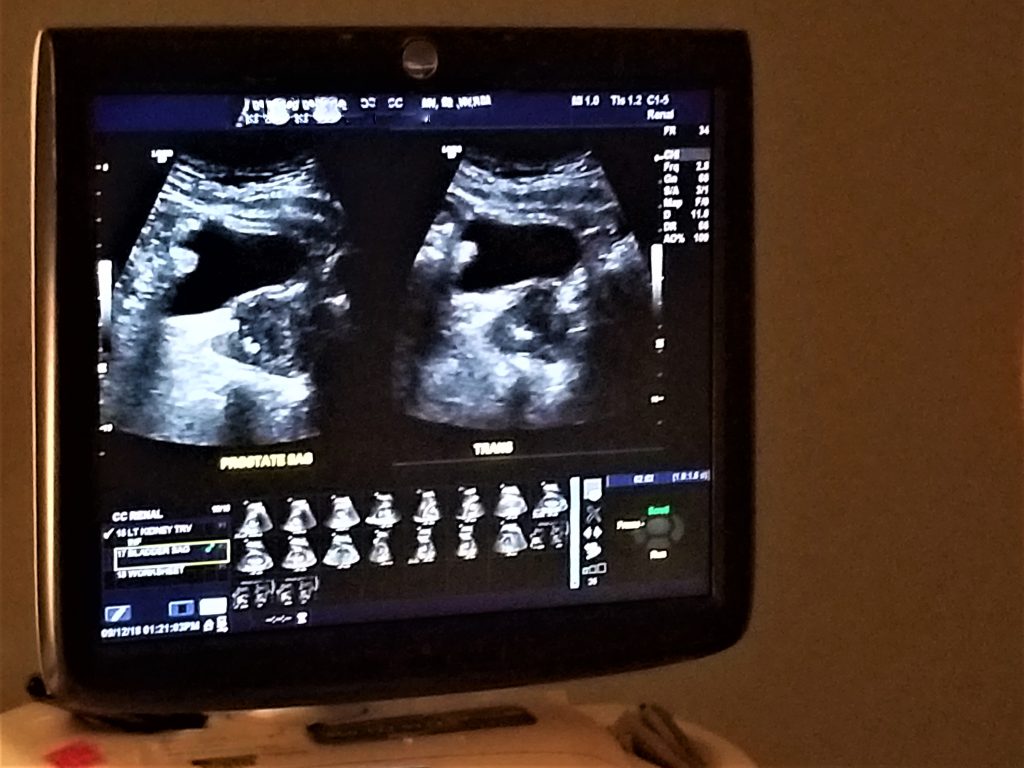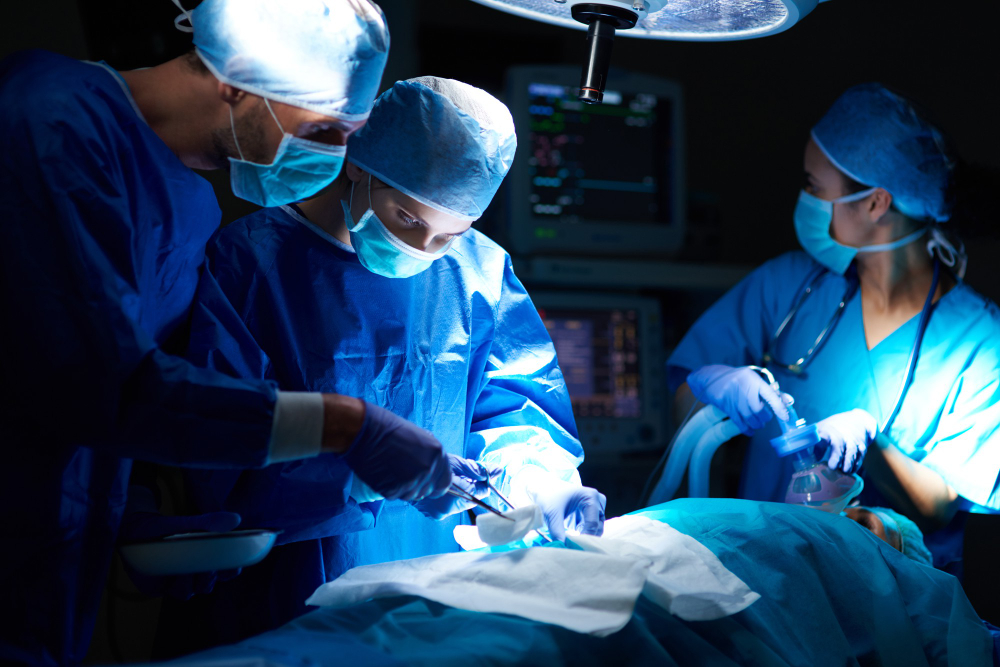Nephrectomy
A nephrectomy is a surgical procedure that involves the removal of one of your kidneys. The surgeon has the option to perform a partial nephrectomy, which involves removing only a section of the kidney, or a radical nephrectomy, where the entire kidney is removed. This procedure can be crucial for saving a person’s life if they are suffering from kidney disease or cancer.

Why it’s done
In order to address kidney cancer and other kidney ailments and injuries, a nephrectomy may be required. This procedure is a primary treatment choice for kidney cancer and is typically effective as long as the disease has not progressed beyond the kidney. Additionally, individuals may need a nephrectomy when their kidney is not operating correctly, which can be caused by various factors:
- persisting infections leading to kidney damage
- kidney stones that harm the tissue of the kidneys and lead to infections.
- kidney trauma
- shrunken kidneys
A surgeon is capable of carrying out a nephrectomy procedure in order for an individual to generously offer their kidney for a transplant. In the event that someone possesses two healthy kidneys, they may contemplate the option of donating one. With only one kidney in operation, both the donor and the recipient can lead a healthy lifestyle.
Types of nephrectomy
There are two kinds of surgeries to remove a diseased kidney: partial and radical. In partial nephrectomy, only the damaged part of the kidney is taken out. Radical nephrectomy involves removing the whole kidney, as well as a section of the tube that connects to the bladder (ureter), the gland on top of the kidney (adrenal gland), and the fatty tissue around the kidney. If both kidneys are removed simultaneously, it is called bilateral nephrectomy.
The act of extracting a healthy kidney from a donor for transplantation is known as donor nephrectomy.
Partial nephrectomy

A partial nephrectomy involves the removal of solely the affected portion of the kidney, and is the preferred method for treating individuals in the initial stages of kidney cancer.
If the tumor is smaller than 4 cm, the surgeon will probably suggest a partial nephrectomy for the patient. Nevertheless, a partial nephrectomy can also be done for tumors up to 7 cm in size.
One benefit of a partial nephrectomy is that the patient retains a functioning kidney. Additionally, the surgeon makes a smaller cut during a partial nephrectomy compared to a radical nephrectomy, potentially resulting in fewer complications and a quicker healing process.
Radical nephrectomy
This procedure consists of taking out the whole kidney, a portion of the tube that connects to the bladder, and possibly the adrenal gland located on top of the kidney. The fatty tissue surrounding the kidney might also be removed.
If the care team finds that the kidney tumor is substantial in size or situated in the central area of the kidney, or if there are multiple tumors in one kidney, they are probable to suggest a radical nephrectomy. Additionally, a radical nephrectomy might be advised if the cancer has extended to the lymph nodes or other organs.
Renal tumors that grow in the renal vein and pass into the vena cava, which is the body’s largest vein leading to the heart, require the involvement of a cardiovascular surgeon during the procedure to remove the affected kidney.
What happens before a nephrectomy?
Prior to kidney surgery, your healthcare provider will provide you with guidance on how to get ready. You will be advised to discontinue the use of specific medications, such as blood thinners, a few days prior to the surgery. Additionally, your surgeon will probably instruct you to abstain from food and drink after a certain time the night before the procedure.
Your healthcare provider will take a blood sample a few days prior to the surgery in order to determine your blood type, which is important if a blood transfusion is necessary. Additionally, this test will assess your kidney function and blood counts to establish a baseline before the procedure.
Procedures

Surgeons have the capability to carry out a nephrectomy through various methods, including:
- Laparoscopy is a procedure used to remove a kidney with minimal invasion. In a laparoscopic nephrectomy, the surgeon will make three to five small incisions, each about 1 cm long, on the patient’s abdomen to reach the organ. One of the incisions will be slightly longer, and it is through this opening that the surgeon will remove the kidney from the body. A thin tube, equipped with a camera and a light, is then inserted to provide visualization of the kidney and surrounding tissues. The duration of the operation typically ranges from 2 to 3 hours, but this can vary depending on individual cases.
- Robot-assisted nephrectomy refers to a procedure that is akin to laparoscopic surgery, but employs the assistance of a robotic device like the da Vinci Surgical Robotic System. In this method, the surgeon conducts the surgery from a remote location, while the robotic system aids in manipulating the surgical tools with enhanced accuracy. Although this approach presents numerous benefits, it mandates a proficient surgeon who has received adequate training to operate the robotic system effectively.
- Open nephrectomy involves making a larger incision on the side of the abdomen to allow the surgeon to access and remove the kidney. The surgery typically lasts between 1 and 2 hours, but the duration can differ based on individual cases. Doctors prefer to avoid this type of surgery unless absolutely necessary, as it is more invasive and may involve the removal of a rib.
Aftercare and recovery
Right after the surgical procedure, your medical professionals will closely monitor your blood pressure, electrolyte levels, and hydration status. These bodily processes are partly regulated by the kidneys. It is probable that you will have a temporary urinary catheter inserted into your bladder while you are recovering.
After the surgery, you might experience discomfort and a loss of feeling around the cut due to damaged nerves. Pain medication will be provided both after the operation and throughout your recovery phase, whenever necessary. Though it may hurt to take deep breaths or cough due to the incision’s proximity to the diaphragm, performing breathing exercises is crucial to prevent pneumonia.
Depending on the type of surgery, you may need to stay in the hospital for 1 to 7 days. Once you feel better, it is recommended to engage in light activities. However, for the next 6 weeks, it is important to avoid intense physical activity and lifting heavy objects.
Your doctor will provide you with more specific guidance on what activities you can and cannot do, as well as any dietary restrictions you should follow after your surgery.
Treatment in Türkiye:
The medical staff of surgical teams, doctors, and consultants at REHABTÜRK can provide the best treatment options and free consultations, striving to stay up-to-date on the latest medical technologies and methods.
